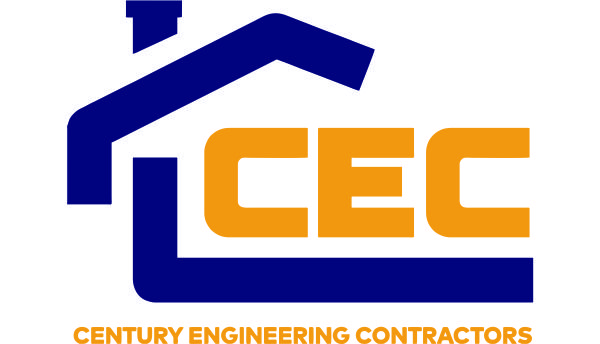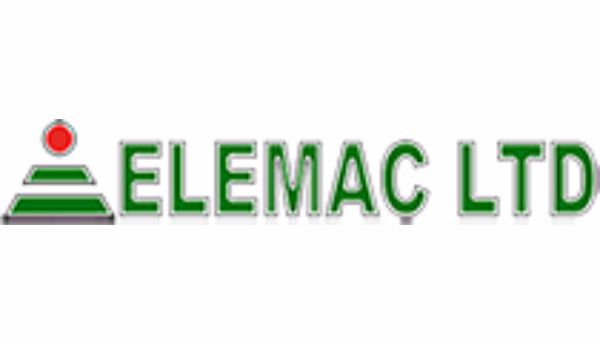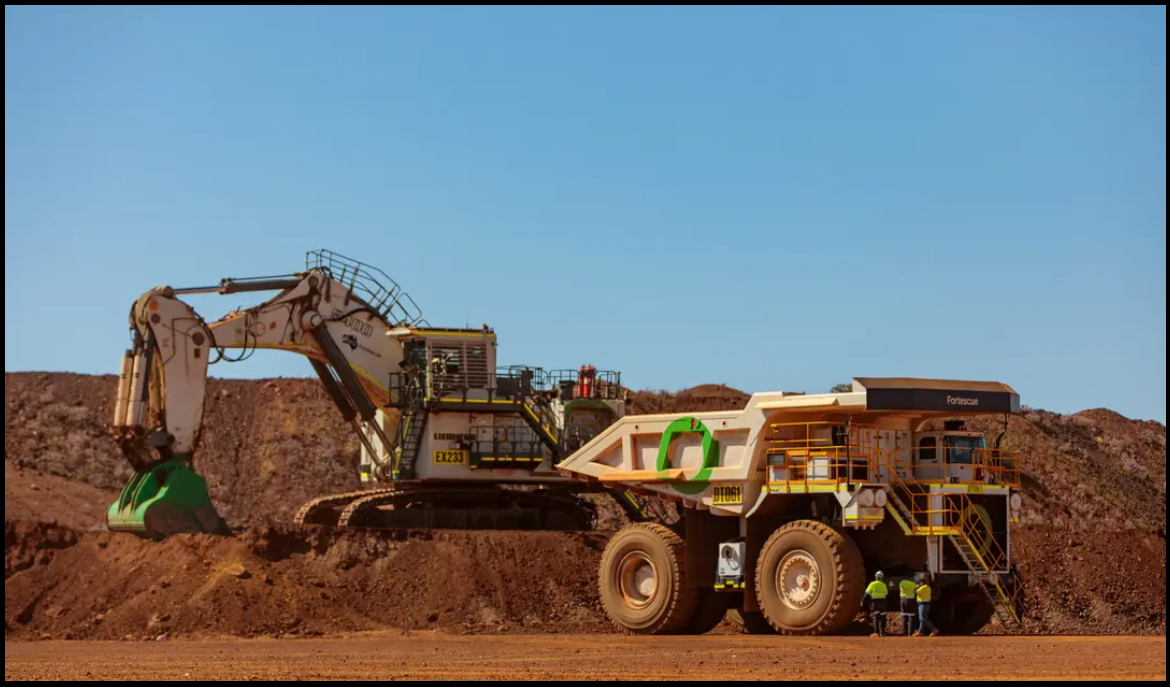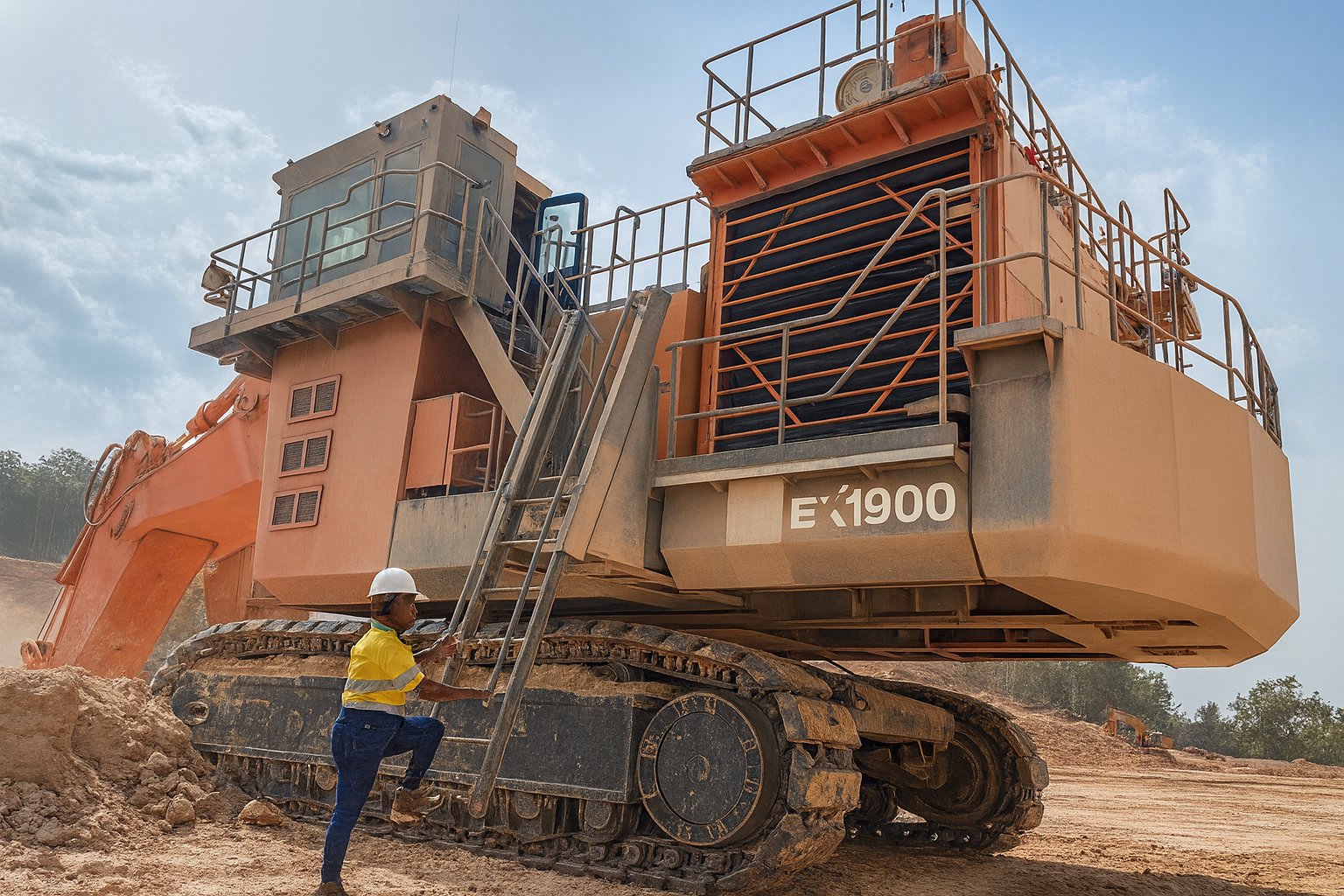
The remarkable progress made by Rwanda’s electricity sector since the turn of the millennium provides a true case study for other developing countries to learn from. World Bank figures show that just 6.2% of the Rwandan population had access to electricity in 2000, and now, according to Rwandan government data, that figure has surpassed 65%. The government’s vision is for 100% of the population to have access by 2024.
No single factor has been responsible for this transformation. Rather it is the result of improved policies, coherent strategies, ambitious goals, and focus. To achieve this one company has been at the heart of its all: Rwanda Energy Group (REG), formed in 2014 as part of a wider government reform program for the country’s energy and water sector. In this article, Business Excellence takes a closer examination of what makes the REG model so successful.
History and Scope of Operations
The origins of the Rwanda Energy Group Limited and its subsidiaries, the Energy Utility Corporation Limited (EUCL) and the Energy Development Corporation Limited (EDCL) go back to 2014. A consensus emerged at the government level that to attract more investment, improve accountability, and drive performance, the corporatization model represented the best way forward.
The overarching objective of REG’s creation was to develop Rwanda’s energy supply capacity to meet the country’s growing demand. The REG’s role has been to monitor and coordinate the activities of its subsidiaries, EUCL and EDCL, developing strategies based on government objectives. The REG Strategic Plan 2019-2024, is the latest manifestation of this and acts as a roadmap for the company to bring Rwanda to full electricity access.
REG and Rwanda’s National Electrification Plan (NEP)
Access to electricity is a central tenet of Rwanda’s plan to become a middle-high income country by 2050. As part of this, an Electricity Sector Strategic Plan (ESSP) has been developed and it falls on REG to implement it. It has outlined a number of measures to provide electricity access that includes on-grid and off-grid solutions. The minute detail in this plan gives anybody reading confidence that 100% electrification is within Rwanda’s grasp.
The plan divides Rwanda first into four provinces, and then into their constituent components, such as villages, towns, and cities. Schools, hospitals, and businesses are also included. Priority for on-grid solutions is given to areas with larger usage requirements but even the smallest villages aren’t left behind. The capital city Kigali, with a population of over 850,000, has already achieved 100% electrification.
REG doesn’t rely on government policy for direction, however. Its status as a corporation means it is constantly seeking to raise the bar. Its Strategic Plan 2019-2024 is ambitious, clear in how it intends to achieve its objectives, and even self-critical in good measure. For example, it outlines key challenges that it faces including a high-cost energy mix, improved energy planning, high energy losses, and increasing infrastructure investment.
A summary of the plants brought online and in the pipeline by REG is indicative of the progress being made. These include the Nyabarongo II Hydropower Project and Rusizi III Hydro Power Plant, both coming online in 2024 and adding a combined 91.8MW to the national grid. The long-awaited Rusumo Hydro Power Plant - a joint venture with Tanzania and Burundi - is also expected to come online in 2022, adding 26MW to the national grid of each country.
Other recently completed projects include 110kV Jabana-Mt. Kigali-Gahanga and associated substations, 110 kV Gasogi-KSEZ sponsored by Japan International Cooperation Agency (JICA), the 110 kV Single Circuit: Mukungwa-Nyabihu, 220 KV Bwishyura-Kigoma-Rwabusoro, 110 kV Rukarara-Kilinda, 220/110 kV Mamba-Rwabusoro-(110kV) Bugesera- Gahanga, 220 kV Kigoma-Butare-Ngozi-Gitega which are all developed by the government of Rwanda
REG is also exploring PPA as a means of financing projects. As CEO, Ron Weiss states “The private sector is a good partner for this journey, so most of the new power plants are being built by the private sector” he continues by stating “the government of Rwanda discovered a few years ago that the budget that is needed for big generation power plants will be difficult to raise, so the power stations are now being built by the private sector”
These include the Shema Power Lake Kivu a 25-year power purchase agreement (PPA) with Shema Power Lake Kivu Limited (SPLK ltd) for a 56 MW net power output from methane gas. The Power plant will be located in Nyamyumba sector in Rubavu District. The first barge will provide 14 MW of electricity 15 months after the project reaches Financial Close.
Rwanda also has huge renewable energy potentials including Solar; with a potential of 4.5 kWh per m2 per day and approximately 5 peak sun hours. With 12.230 MW of installed solar energy, which comes from 5 solar power plants: the Jali power plant (0.25MW), the Rwamagana Gigawatt, (8.5 MW), Ndera Solar power plant (0.15MW, and finally the Nasho Solar plant (3.3 MW).
With the grid currently reaching 52% of the population, and off-grid solutions reaching 48%, off-grid solutions like Solar Home System (SHS) have been adopted especially in rural areas as part of the off-grid strategy. The Renewable Energy Fund (REF) and the Rwanda Energy Access and Quality Improvement Project (EAQIP), which are being implemented by the Development Bank of Rwanda (BRD) and Energy Development Corporation Ltd. (EDCL), have launched a Results-based Financing (RBF) subsidy known as "RBF Window 5". This subsidy will help up to 370,000 households in these areas afford much-needed Solar Home Systems required to power. These subsidies are rolled out through vetted Off-grid Solar Companies (OSCs) that have signed a Memorandum of Understanding with EDCL.
The Transmission Master Plan (2021-2028)
Transmission is a crucial component of the goal to reach 100% affordable access to electricity by 2025. To this end, in 2020 REG delivered Rwanda’s first Transmission Master Plan, outlining how it will develop this network over an 8-year period. Notably, the three pillars of this master plan were i) ensuring the security of electricity supply, ii) ensuring connectivity with neighbouring countries to foster regional electricity trade, and iii) ensuring the reliability, quality, and resilience of the Rwandan grid.
The plan is a management roadmap that outlines a series of achievable objectives for the company, considering changing demographic patterns in the country. Thus, the plan recognizes the need for the transmission network to be developed and extended to accommodate new loads, power stations, substations, and other network strengthening elements.
Covid-19 Response
Covid-19 posed significant challenges to REG on the operational side. A government-imposed lockdown in the country, similar to that experienced in many others, reduced the mobility of its staff and other stakeholders. During this two-month lockdown, capital works on the company’s electricity projects also stalled, meaning the company faced a catch-up period when the restrictions were lifted.
Measures implemented by REG included installing living quarters within construction sites for employees during the lockdown. Everybody was also provided with instructions on how to operate, hygiene masks, and the necessary sanitary measures. Funding of €91,4 million from the International Development Agency (IDA) also provided a financial cushion during this period, as well as to help the broader goal of improving the organization and reaching full electrification.
Partners and Suppliers
To achieve the speed of transformation that REG proposes, it leverages a host of partners and suppliers - nearly all of them of local origin. On the engineering side, it works with companies like SABA Engineering PLC, Hexing Electrical Company, and Patronics Services (Rwanda) Limited, a provider of electrical engineering services. Studio ING. G. Pietrangeli is also closely involved with the engineering operations of the company’s hydroelectric power plants.
In terms of energy providers and experts, REG works with Akagera Business Group Limited, and Saudi Arabia’s Elemac Limited (for its energy management solutions) as well as other suppliers including Intersec for its security services, Afrilott - a subsidiary of EPC Africa - for its transport and logistics services, Real Contractors for construction services, and MUA Insurance for its sophisticated insurance products.
The Future
When Rwanda achieves its aspiration to become Middle Income Country by 2035 and High-Income Country by 2050, REG will be the one powering it by achieving universal connectivity by 2024. As Ron Weiss, CEO of Rwanda Energy Group (REG) states “it won’t be easy but it is achievable”. The commitment of REG’s management, its 1400-strong staff, and strategic partners MININFRA, MINECOFIN, and other private sector partners will ensure this is achieved and achieved on time. Already REG is at 70% of its goal with several projects in the pipeline to help meet its 2024 target.
REG’s main mission remains the satisfaction of its customer and its strategic plan outlines a string of initiatives including providing good quality and stable electricity, reducing costs to make electricity more affordable, improving local staff capacity, increasing the participation of women in its workforce and improving the overall service delivery to its customers
The short history of REG shows that these challenges will be overcome. Under Ron Weiss’ direction, REG and its 2 subsidiaries have made great strides in turning around the power sector in the country. It has expanded its energy mix, reducing its dependence on fuel, and embraced innovation in both the area of financing and the adoption of technologies. It is also embracing and exploring all available resources to develop sustainable and scalable solutions including hydro, gas, solar, wind, and biomass. REG has shown commendable leadership that other African countries with similar challenges can learn from with its holistic approach which combines a centralized and decentralized strategy for generation, transmission, and distribution creating better access to sustainable electricity for the people of Rwanda
DOWNLOAD
 BE-REG-MAG-2022.pdf
BE-REG-MAG-2022.pdf















